How to replace a washing machine motor?
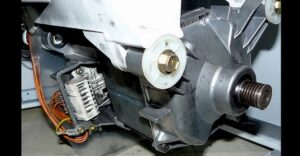 The engine is a key element of the washing machine, without which the machine will not be able to spin the drum. If it breaks down, the equipment becomes inoperable, and to restore operation it is necessary to carry out repairs or replacement. Such a procedure in the service will be expensive, and it is better to first try to fix the problem on your own. It is not difficult to remove and replace the washing machine motor yourself. The main thing is to know the step-by-step algorithm and remember the safety rules.
The engine is a key element of the washing machine, without which the machine will not be able to spin the drum. If it breaks down, the equipment becomes inoperable, and to restore operation it is necessary to carry out repairs or replacement. Such a procedure in the service will be expensive, and it is better to first try to fix the problem on your own. It is not difficult to remove and replace the washing machine motor yourself. The main thing is to know the step-by-step algorithm and remember the safety rules.
What kind of motor are we dealing with?
Before you begin disassembling and repairing the washing machine motor, you should determine the type and design features of the engine. The sequence of actions and duration of the diagnosis will depend on these parameters. As a rule, automatic machines are equipped with three types of motors: asynchronous, commutator or inverter.
- Asynchronous. It features a simple design, low cost and ease of maintenance. It consists of a stationary stator and a rotor that spins the drum through a belt drive. It can be two- and three-phase, depending on the number of winding layers on the housing. The main “minus” of this motor is insufficient power, manifested in weak shaft rotation, a sudden drop in speed, and incomplete rotations. All this negatively affects washing, so now asynchronous motors in washing machines are extremely rare.
Modern machines are equipped with a collector or inverter motor.
- Collector. It is a structure consisting of a stator, rotor, winding and tachogenerator.Current is supplied to the armature by a pair of electric brushes, with the help of which an electromagnetic field is formed, and the rotation of the shaft begins. The speed of unwinding depends on the voltage in the electrical network. The collector is located under the washing tub, and the impulse is transmitted to the pulley through a belt drive. Such an engine also has disadvantages: brushes that wear out over time and a drive belt that comes off.
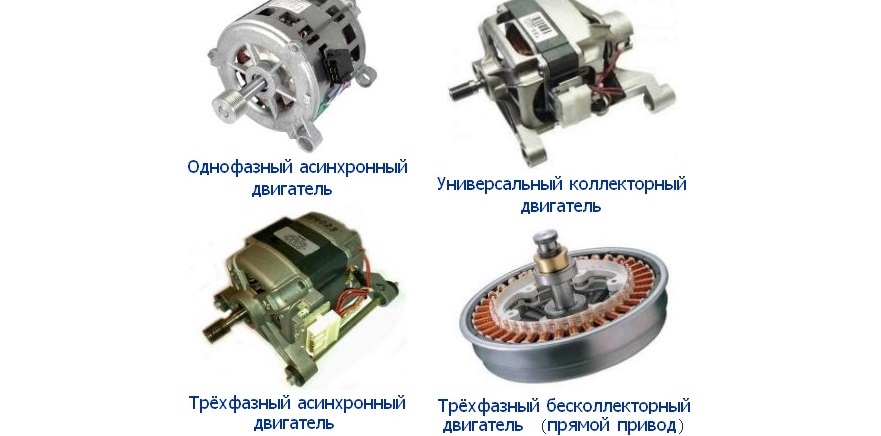
- Inverter. The most modern engine, the main difference of which is direct drive. Such motors are reliable, have high efficiency and a ten-year warranty from the manufacturer. But they also have a weak point: the mechanism is installed next to the bearing unit and if the latter breaks down, it often floods with water and fails.
Asynchronous motors are practically never found on modern washing machines; more often, machines are equipped with an inverter or commutator motor. If the second one rarely breaks, then the carbon brushes on the commutator should be checked regularly. In any case, it is important to know how to diagnose and dismantle the motor.
Dismantling and installation of different motors
Most budget washing machines have a commutator motor - it is several times cheaper than an inverter motor. The commutator has to be removed and repaired more often to monitor the condition of the carbon brushes. Dismantling begins with partial disassembly of the equipment. The instructions are as follows:
- disconnect the machine from the power supply;
- wait until the equipment is completely de-energized;
- provide free access to the engine (remove the back panel on washing machines from Ariston, Zanussi, Indesit, Beko or the front panel on Bosch, Samsung, LG);
- pull off the drive belt from the drum pulley;
- find the electric motor under the tank;
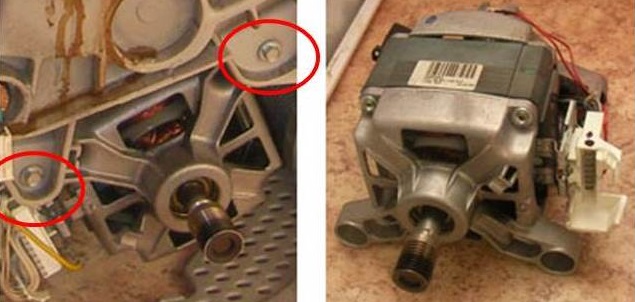
- disconnect the wiring from the engine (phase and ground);
- Use a suitable wrench to loosen the bolts holding the motor;
- loosen the engine housing (it often “sticks” to the seat);
- remove the motor from the socket.
This completes the dismantling of the electric motor and begins its repair. It’s not difficult to return the engine to its original place with your own hands. It is enough to repeat the described steps in reverse order.
Removing the inverter motor
An inverter motor rarely breaks down. It is strongly not recommended to “open” a direct drive machine with your own hands, diagnose and replace the electric motor - it is safer and easier to call a professional repairman. But if you wish, you can dismantle the engine at home. The algorithm for dismantling an inverter electric motor looks like this:
- de-energize the machine;
- remove the front or back panel from the washing machine body (depending on the brand of the machine);
- take a photograph of the location of the wiring connected to the engine;
- disconnect the wires from the terminals;
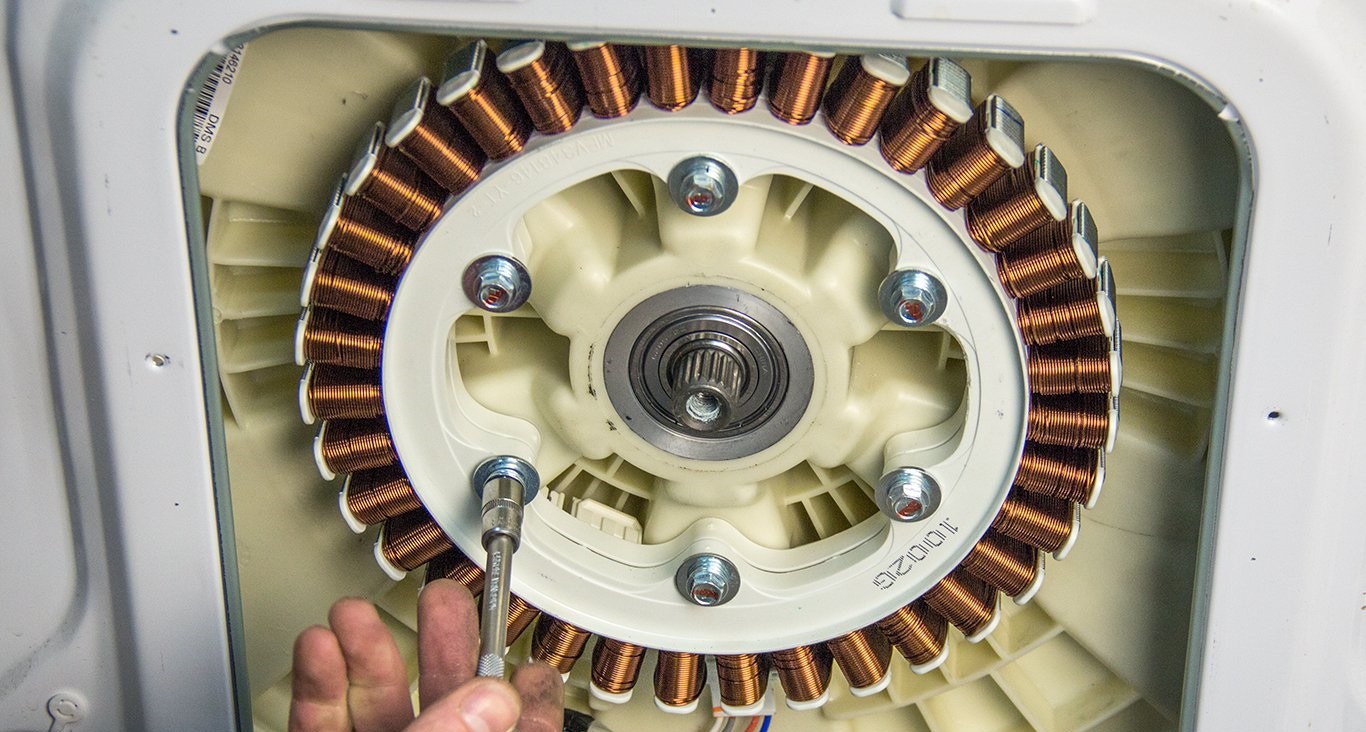
- loosen the fasteners holding the motor;
- Unscrew the bolt securing the rotor, holding it with your hand;
- remove the rotor assembly, and then the stator;
- disconnect the remaining wires.
Before dismantling the motor, be sure to turn off the power to the machine!
You should be extremely careful: direct drive is extremely sensitive to mechanical damage. Ideally, all your actions should be filmed to avoid errors during reassembly.
Dismantling the motor using cheap activator technology
It’s another matter if you need to get to the engine in a “Malyutka” washing machine or similar compact “vertical” washing machines. This technique is called activator - here an activator is installed on the shaft of the electric motor, spinning water with things. Due to the special design, the machine is disassembled in a different way:
- the plug is removed from the housing, under which the engine is “hidden”;
- the activator is turned by hand so that the hole in the impeller aligns with the groove in the rotor;
- the rotor is locked with a screwdriver through a nearby hole;
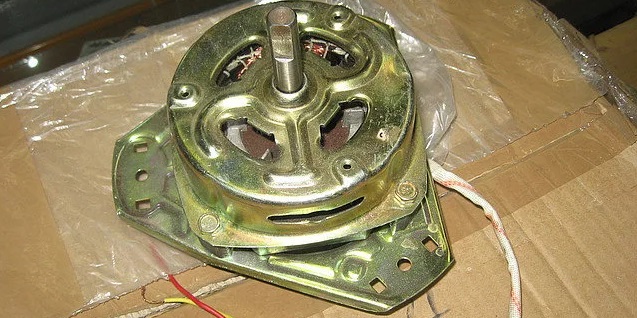
- the activator is removed;
- the drive is pulled out;
- the motor is released.
Replacing the engine with your own hands is quite possible. You just need to strictly follow the instructions.
Interesting:
Reader comments
- Share your opinion - leave a comment
Categories
Washing machine repair


For buyers

For users

Dishwasher

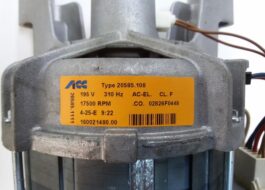

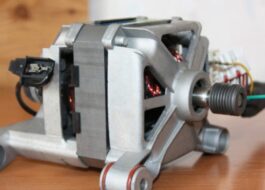
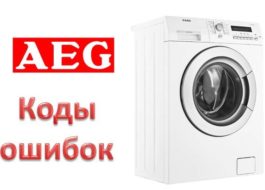
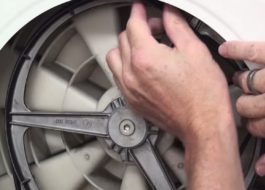











Add a comment